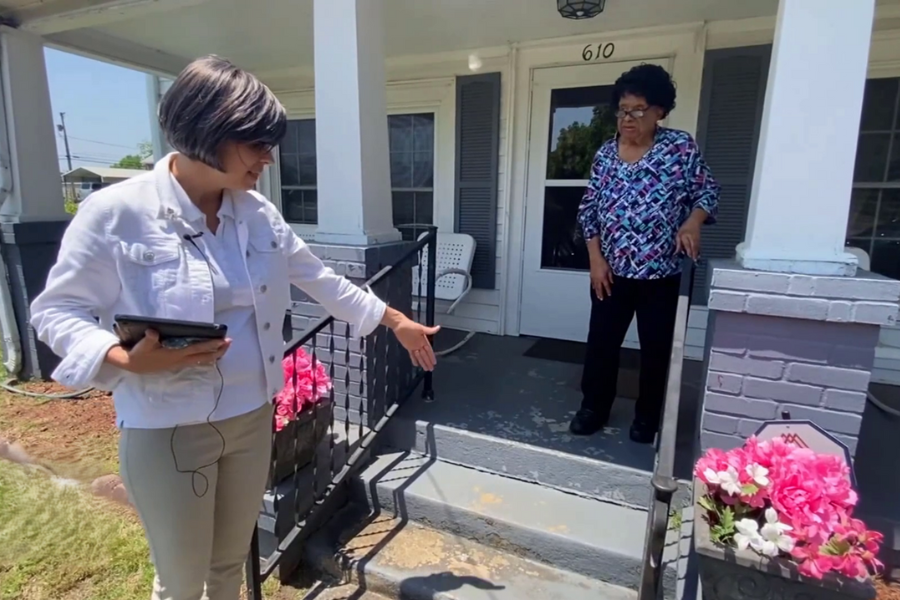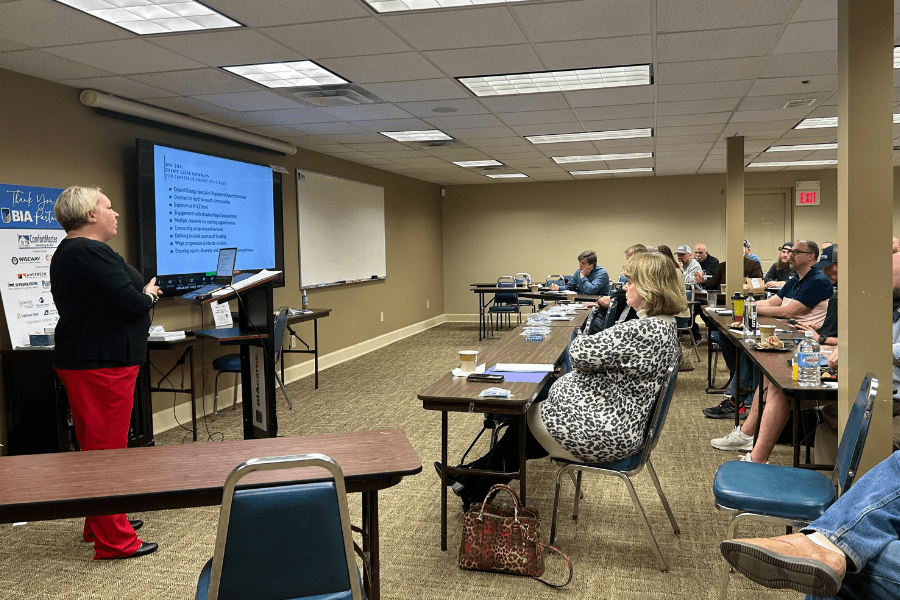Aug 18, 2025
Weatherization and Accessibility: The Emerging Frontier
A look into how home assessment technology in weatherization can advance accessible housing.
By: Carolyn Sithong
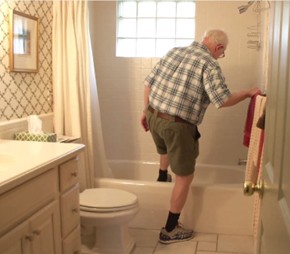
As an occupational therapist collaborating with home assessment professionals, I routinely observe the impact of inaccessible home environments. Common issues include increased falls, social isolation, and mobility difficulties, alongside frequent client reports of diminished capacity to perform activities such as leaving the home, preparing meals, or bathing. In most cases, these challenges are directly attributable to physical barriers within the home—barriers that, when addressed, significantly enhance clients’ health and wellbeing.
Barriers such as steps at entrances, narrow doorways, and low toilet seats contribute to the inaccessibility of the current housing landscape. Although an individual’s health status may change considerably over time, the built environment often remains unchanged and inaccessible, thereby impacting health outcomes. Individuals must evaluate daily whether to undertake certain activities, continually weighing personal choice against persistent environmental obstacles within their homes.
Global Demographic Shifts Fueling Accessibility Needs
According to the World Health Organization, over a billion people, about 15% of the global population, live with some form of disability. At the same time, populations are aging rapidly. By 2050, it’s estimated that one in six people in the world will be over the age of 65. The intersection of disability and aging populations is catalyzing a growing demand for homes that need to be designed for accessibility.
The World Health Organization (WHO) report, Promoting Healthy Housing for All, underscores the profound link between housing conditions and public health and notes “accessibility” as the cornerstone of healthy housing. The organization highlights the need to retrofit existing housing stock to meet evolving accessibility needs and emphasizes cross-sector collaboration among health professionals, urban planners, and housing industry professionals to incorporate accessibility into policies, practices, and service models.
Accessibility: Beyond Larger Spaces and Codes
For years, the essential concepts of a healthy home involved addressing moisture, cleanliness, safety, ventilation, and removal of hazards. These principles have evolved over the years, but the National Center for Healthy Housing’s additional Healthy Housing Principle, “Accessible” is worth noting, especially for service providers who would like to expand and meet the new market demand to age in place.
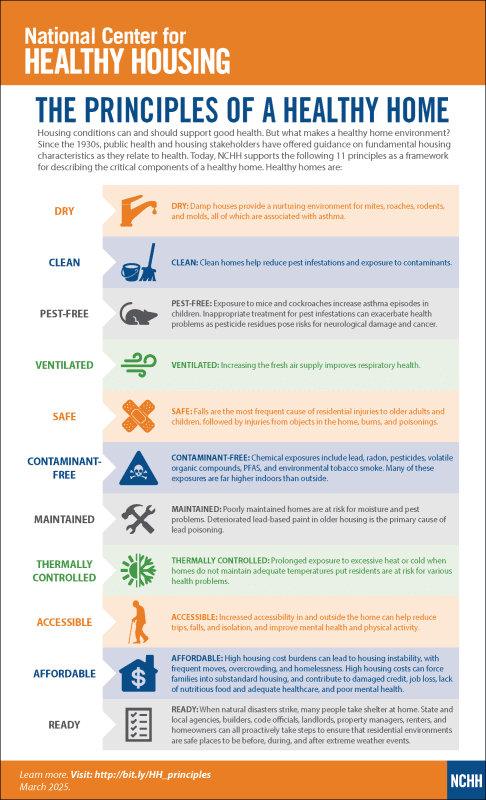
Accessible housing refers to dwellings designed and built for people with a wide range of physical abilities and ages. The housing and design industries understand accessibility mainly through the Americans with Disability Act (ADA) set into law for designing public spaces as well as Universal Design principles. However, beyond the minimum thresholds and the flexible-use spaces, the accessible environment becomes more—a catalyst for everyday function that is personal and meaningful, and this should be the industry focus.
Accessibility features are known to include step-free entrances, levered handles, and grab bars that are 33-36 inches from the floor; however, if these features do not facilitate or support a person’s function, how can one determine that they are, in fact, accessible? Accessibility in the home is reliable and valid in as much as it provides access to activities of daily living and should be measured as such.
Typical home assessments are often in the form of a checklist, or inventory of accessibility features. The more features, the more accessible the home. Unfortunately, this narrow perspective gravely overlooks those who depend on their home environment for health and well-being and should include both the person and the environment.
Approach to Measuring Accessibility
In contrast to other well-established healthy home principles, assessing accessibility is a more nuanced process that does not always present clear-cut answers. Tools can quickly determine air quality or the amount of lead in the home, but accessibility is personal and can be a complex measure. This is because individuals live out personal routines with varied daily habits and cultural preferences.
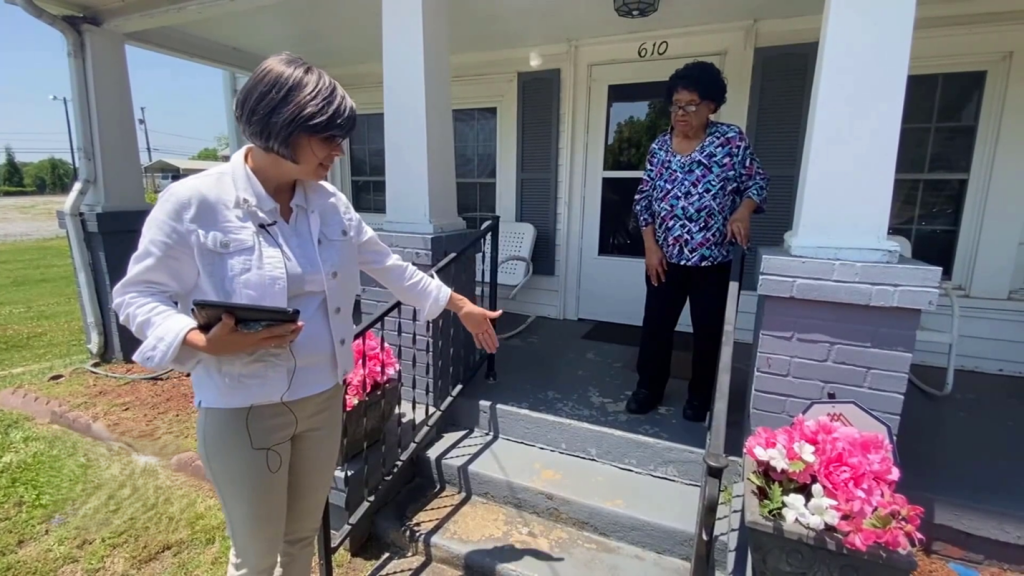
When measuring accessibility, it is best to see and experience how the person conducts their daily activities. Details of this encounter should be carefully considered so as not to disrupt or disable but support and maintain lifestyles.
It is also important to note that any home accessibility measure or feature is not subject to specific codes or designs. A grab bar positioned for one person’s toilet transfer can pose a risk to someone who transfers differently. Codes and design principles should come secondary to private home accessibility services or even a guiding principle. It should never be the standard.
Technology: A Key Enabler
Home assessment tools that measure accessibility effectively and efficiently with technology are empowering providers wanting to expand and offer aging in place services. Effective measures go beyond checklist methods and allow the in-home professional to understand how the person uses spaces in the home and then quantifies outcomes.
The Home for Life Design home assessment is an established tool used by assessors across local, state, and national aging in place programming. This measure quantifies how safe and accessible homes are before and after services.
By measuring accessibility in each room of the home, providers can quickly determine the most critical areas of need and offer home modification recommendations that eliminate barriers to everyday function. Home data collected can be streamlined into one report that details findings and recommendations.
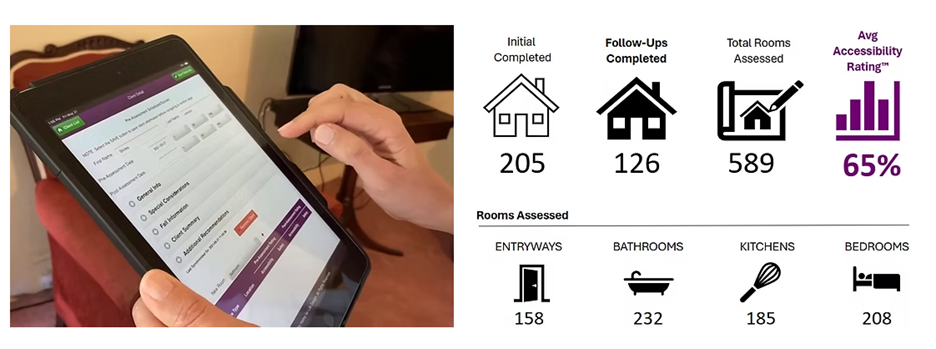
By offering this new, advanced diagnostic in the home, homeowners can gain insight into where the biggest barriers to function lie and how to eliminate them for improved independence. For example, an accessibility rating of 30% for the entryway and an accessibility rating of 75% for the kitchen helps the family prioritize where to start the home modification process. What’s more, data can be analyzed on individual and company levels, across services areas local and nationally to shape and refine aging in place business models.
Weatherization: The Inroads for Aging in Place
The weatherization industry continues to play a pivotal role in promoting healthy housing. Professionals delivering in-home services grounded in healthy home principles have contributed significantly to homeowner education, public awareness, and community engagement that supports sustainable and efficient living. Implementing accessibility ratings for homeowners further enhances this well-regarded service, addressing housing challenges faced by older adults and individuals with disabilities.
Weatherization service providers who use standardized technology-based home assessment tools collect consistent and valid data on home accessibility. Standardization helps ensure that homeowners have a uniform experience. Reliable data and industry-wide standards can support weatherization efforts, particularly when there is close attention paid to funding effectiveness and resource allocation on local, state, and national levels.
Conclusion: A Healthy Home For Life
The intersection of weatherization and home accessibility offers a unique opportunity to make a profound impact on the lives of individuals, particularly older adults and those with disabilities. By leveraging expertise, adopting home assessment technology, and prioritizing accessibility in current practice, weatherization can once again become a solution for a population health disparity that originates in the home and offer a service that helps ensure persons can age in any place.



